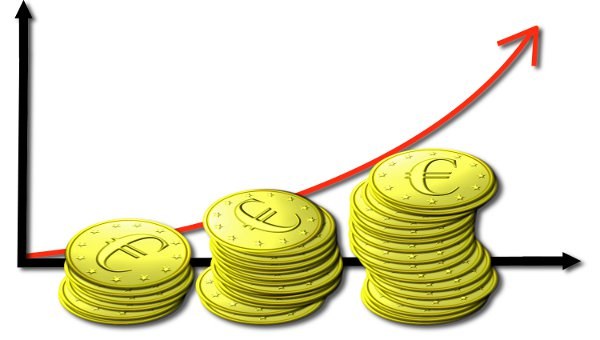Instruction
1
Asset turnover is turning them from the glove material form in cash. Turnover rate – the number of revolutions over a given period of time. This speed represents the ratio of the average cost of working capital to revenue or cost of products, works, services for the analyzed period.
2
To determine the rate of turnover of working capital use the following algorithm:
- computation of ratio of turnover of current assets or their separate components;
- calculation of rotational period.
- computation of ratio of turnover of current assets or their separate components;
- calculation of rotational period.
3
Determine the turnover ratio of total current assets by the formula:
To about.a = (Revenue)/(Average of current assets)
Then calculate the turnover rate by dividing the number of days in the period on the turnover ratio. For convenience, round the number of days until you get an even dozen: 30, 90, 180, 360.
To about.a = (Revenue)/(Average of current assets)
Then calculate the turnover rate by dividing the number of days in the period on the turnover ratio. For convenience, round the number of days until you get an even dozen: 30, 90, 180, 360.
4
Analyze the turnover rate of individual items of current assets by the same principle. To do this, first calculate the average value by adding the half sum of the indicators for the beginning and end of the period, as well as intermediate values, and then dividing that value by the number of reporting dates.
5
Calculate the rate of turnover:
- stocks: HP = (Revenue)/(Average inventory) or HP = (Cost)/( Average inventory);
- receivables: DHS = (Revenue)/(Average accounts receivable) or To DHS = (Amount repaid accounts receivable)/(Average accounts receivable);
- cash: SLM = (Revenue)/(Average cash) or SLM = (total cash outflow)/(Average cash).
- stocks: HP = (Revenue)/(Average inventory) or HP = (Cost)/( Average inventory);
- receivables: DHS = (Revenue)/(Average accounts receivable) or To DHS = (Amount repaid accounts receivable)/(Average accounts receivable);
- cash: SLM = (Revenue)/(Average cash) or SLM = (total cash outflow)/(Average cash).
6
The next step, calculate the rate of turnover of elements of current assets by the following formulas, where T - the period of turnover, D – number of days in the period.
Reserves: T = D/K oz. This indicator shows the average shelf life of inventory, finished products or goods as well as the period of production;
Accounts receivable: T = D/K DPG. The value shows the period of debtor payments with the enterprise;
Cash: T = D/K SLM. The result reflects the number of days that on average elapsed between the receipt of money on current account until their disposal on payment obligations.
Reserves: T = D/K oz. This indicator shows the average shelf life of inventory, finished products or goods as well as the period of production;
Accounts receivable: T = D/K DPG. The value shows the period of debtor payments with the enterprise;
Cash: T = D/K SLM. The result reflects the number of days that on average elapsed between the receipt of money on current account until their disposal on payment obligations.


